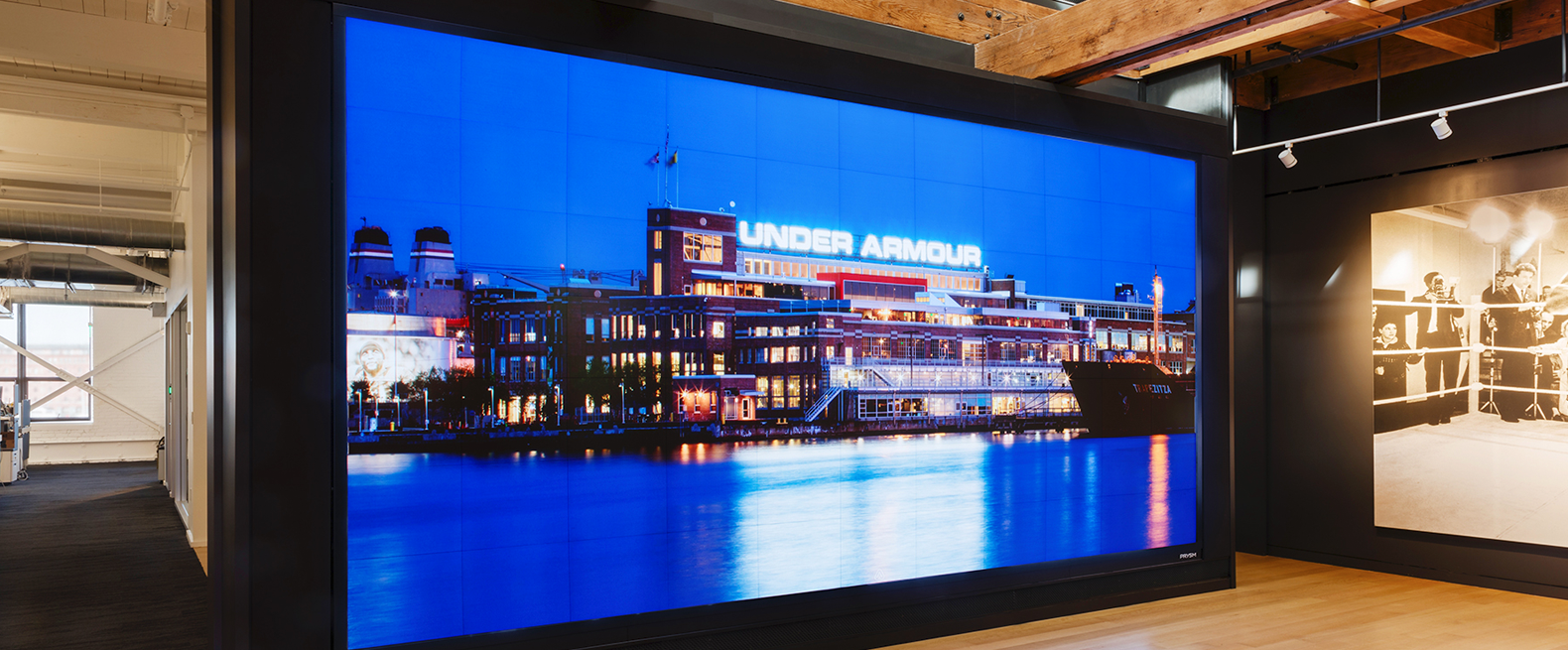In modern world, display innovation plays a crucial role in the way we interact with digital media. From televisions to computer monitors, the quality of visuals can significantly impact our enjoyment and understanding of the material. One key aspect that determines picture clarity is the contrast ratio. The contrast ratio measures the disparity between the deepest black and lightest parts of an image. A higher contrast ratio means that visuals can reveal more clarity in both shadows and bright areas, rendering them appear more dynamic and realistic.
To understand brightness-to-darkness ratios more effectively, it is beneficial to comprehend how they are measured. The ratio is typically expressed as two numbers, such as 1000:1. This means that the lightest white is 1,000 times more luminous than the darkest black. Screens with elevated contrast ratios provide deeper blacks and brighter whites, which enhances the overall visual experience. When watching a movie or engaging with a game title, for example, these differences can create a more engaging environment. Users can see details that may be lost in displays with reduced contrast ratios.
Different types of display technologies, such as LCD, light-emitting diode, and organic LED, have different contrast ratios. Organic LED displays are known for their excellent contrast because they can turn off individual pixels completely, resulting in true black levels. On the other hand, conventional liquid crystal displays may fail to reach similar levels of darkness due to their backlighting methods. It is important for buyers to evaluate these variations when choosing a display for their needs. Grasping how each system handles contrast can significantly impact satisfaction with the product.
Moreover, the importance of brightness ratio goes beyond recreational use; it also affects productivity in work environments. For Full Article tasks requiring precise visual analysis, such as visual design or image editing, having a display with a high contrast ratio enables greater accuracy and clarity. This ensures creatives can see subtle details in their artwork or photographs without strain. In learning settings, learners benefit from high-quality displays that make learning materials more interactive and easier to understand.

In conclusion, enhancing visual experience through understanding contrast ratios is vital for anyone using display technology. A greater contrast ratio results in more info here superior image quality by delivering deeper colors and more clarity in images. As technology advances, users should stay aware about these factors to make decisions that best suit their needs and requirements. Whether for entertainment or work, knowing about contrast ratios helps enjoyment and effectiveness in using visual displays.
Comments on “Enhancing Display Experience Through Analysis of the Effect of Luminance Contrast Proportions on Display Quality in Imaging Platforms”